Béla Bartók plays a very important role in the career of dancer-choreographer Tamás Juronics. He composed a dance play on The Wooden Prince which was presented at the Szeged Open Air Festival in front of the cathedral, and he also created a piece on the basis of the Dance Suite. He directed Bluebeard’s Castle, reciting the Prologue in front of the curtains. And we can say that The Miraculous Mandarin is his magnum opus, which he danced for many years until giving the role to a younger colleague.
This time, he wrote a piece on the basis of one of the last symphonic pieces of Bartók’s, the Concerto. Its online premiere on 26 May will be the closing piece of the Bartók Spring International Arts Weeks. The Szeged Contemporary Dance Company will play for live music this time, played by the Hungarian National Philharmonics. We were talking to Juronics and some other members of the crew during the rehearsals in Szeged.
Concerto is originally no dance music. Did the idea of a dance piece come all of a sudden, or was it a longer process?
I created my own interpretation relatively quickly. I know Bartók’s works very well, so I think I understand the way he edits music. This music is full of such messages that can be connected to the stage pieces, too. And it is just as passionate as they are. This emotional heat, the tension, the very direct explanation of ideas was familiar to me. Also, I read a lot recently about the last period of Bartók’s life, everything that happened before and during the writing of this piece. Staying in New York, getting ill, missing Hungary, having financial problems, not being able to work, being silent as a composer for three and a half years. It became clear how closely the Concerto is related to Bartók’s mental and physical state of that period – he kind of wrote autobiographical music here. So I decided to make this connection even clearer. This dance piece is about Bartók himself: suffering, fantasising, homesickness, and how the Concerto came to be.

If one looks at this image of Bartók, hears his voice, one can see a short, thin, trembling man…
That’s exactly what we wanted to show! There are two very different worlds on the stage. The situation is that Béla Bartók is ill, in hospital, and his wife Ditta Pásztory is with him. The man is suffering, the woman is caring for him. And then we see his hallucinations and fantasy world. Figures of his previous works start to appear: the Wooden Prince, Bluebeard, the Mandarin. This is a colourful world, not like the hospital. His wife doesn’t see the dreams though, so it’s another source of tension. The contrast is huge. There is Bartók with a frail body and all those tempests in his soul, and he can express the latter through music.
There are a lot of different characters in the piece.
Just like in the dance company, so every role can go to the right person! Also, a choreographer has the advantage of being able to fit figures to the abilities and individualities of the dancers.
You haven’t rehearsed with costumes and scenery yet. What should the audience expect?
The orchestra will sit on the stage, too, so there will be no scenery per se, but it makes the costumes more significant. This time I worked with a fashion designer, not a theatre costume designer. Dóra Mojzes will debut with her first stage work, we gave her a free hand, she enjoyed it a lot. Apart from the above mentioned characters, we also showcase symbolic figures like the Homeland or Satan. Or a piano comes to life. There is an interesting yet little known detail: Bartók loved insects, he collected and prepared them passionately, and even raised silkworms at home. I thought that if it was so important for him, why shouldn’t we express it in his hallucinatory dreams? The piano suddenly grows legs and a Spider Woman comes out of it, spinning a web around the composer, or Boglárka Heim in the role of the Homeland will appear with huge wings in the Hungarian national colours.
I guess you will play this piece a lot.
We plan to showcase the Concerto in Szeged, too, also with live music, with the Szeged Symphonics, conducted by Sándor Gyüdi.
You can enter the virtual theatre of the Bartók Spring for free!
PARTNERS
Gergely Czár is co-choreographer who also dances the role of Bluebeard here.
Tamás created the basic concept here. Any time we work together, we divide tasks among us. I like to work with duets, most duets of this piece are directed by me, whereas Tamás rather directed the mass scenes. Dancers cooperated a lot, too. I needed to apply a completely different style to Bartók and Ditta’s duets which are intimate and compassionate, and to the hallucinations which are dynamic and passionate. Also, we have to show the one-hour story of Bluebeard and Judith in three short scenes here. Same applies to all evoked Bartók pieces.
Vencel Csetényi was a member of the Szeged Contemporary Dance Company for many years. He has a different profession now, but still goes back to dance some of his older roles. This time, Tamás Juronics called him back as he looks so similar to Bartók.
I love Bartók’s music. I used to dance in his pieces, so I was very happy to have been asked for this. It is a complex role as Bartók dances in the ‘real world’, in the hospital with his wife, and also in an ‘imaginary world’ with his creations. He is the link between the two layers. Also, he evokes musical motifs and conducts his earlier pieces in his dreams. This is a huge challenge as a dancer and actor. It might be an advantage that I look like Bartók, but I also feel that we are also similar in terms of personality. I am also introverted and reversed.
Petra Bocsi plays Ditta Pásztory, Bartók’s wife.
This is a very hard symphonic piece, totally strong music, no surprise that it is called Concerto: a challenge for an orchestra to play. Creating a piece on its basis is even more difficult. First I found this music quite bizarre, but as we have been working with it, I have grown to like it more and more. I don’t think it makes a huge difference that it is originally no dance music, as we dance similarly in The Wooden Prince, for instance. The movements fit very well to the rhythm and the mood of the music. It is an interesting task for me, too, to play a woman who is 20 years older than me in the story.
Interview: Tamás Márok
Translation: Zsófia Hacsek

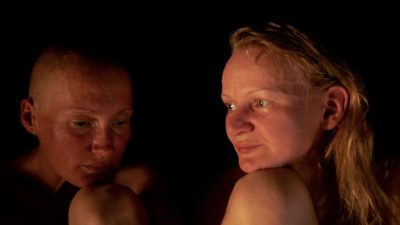
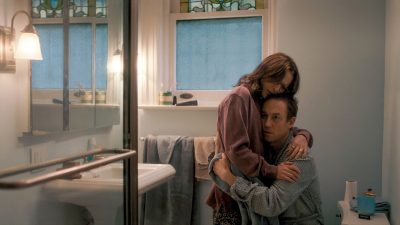
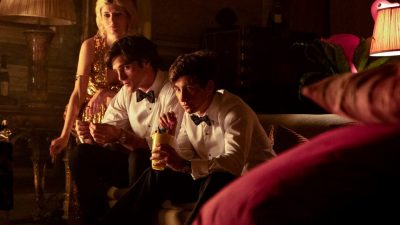
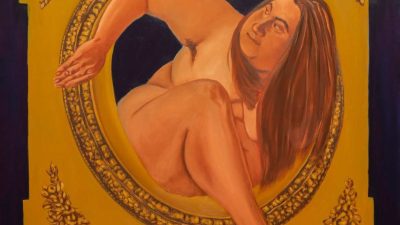
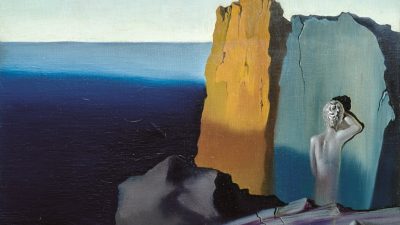



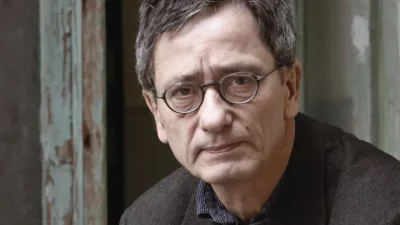



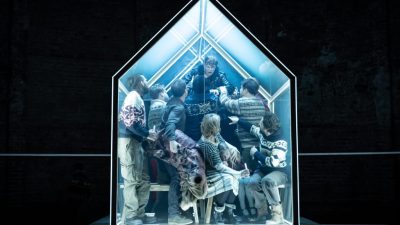






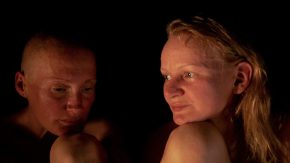
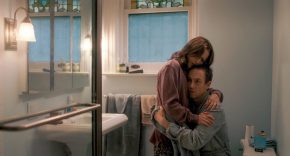

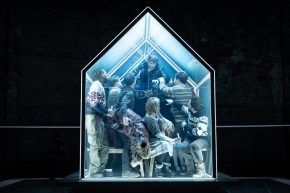


Comments